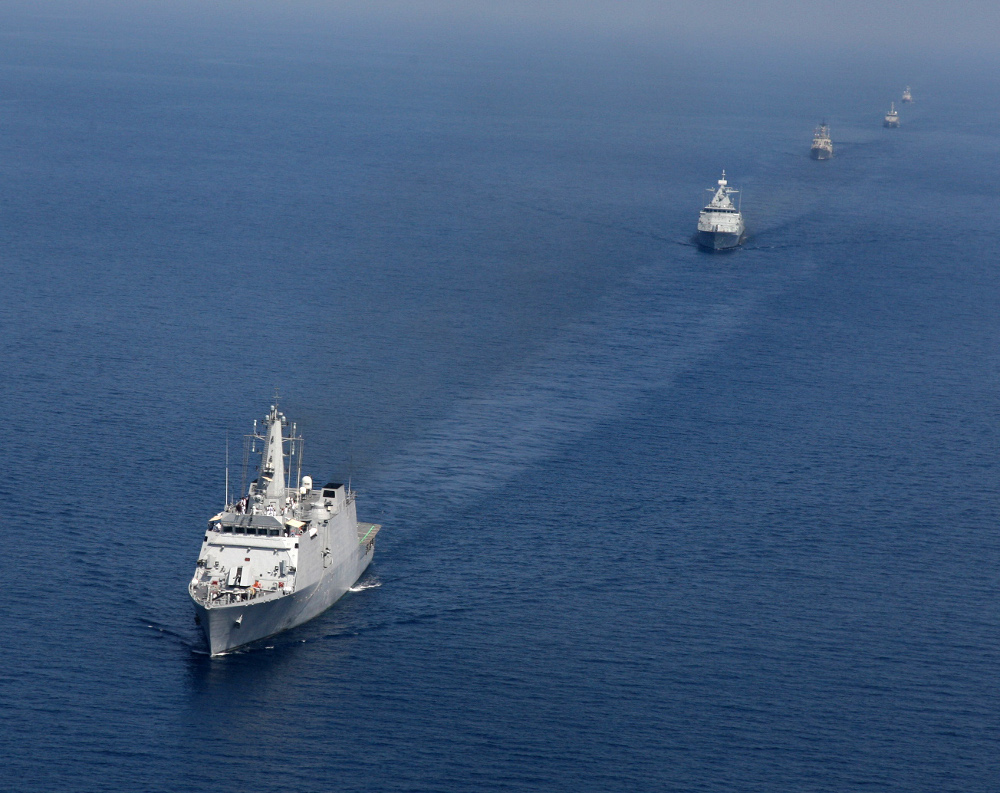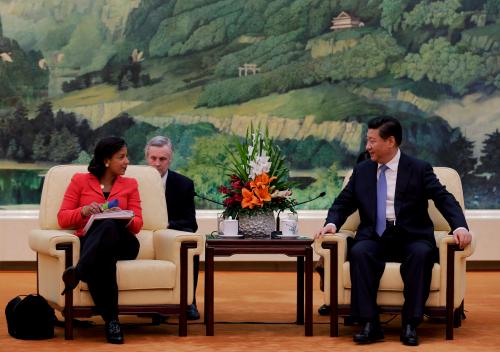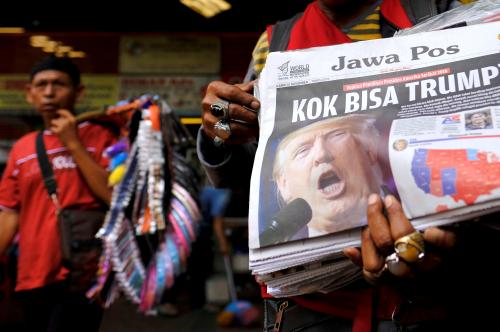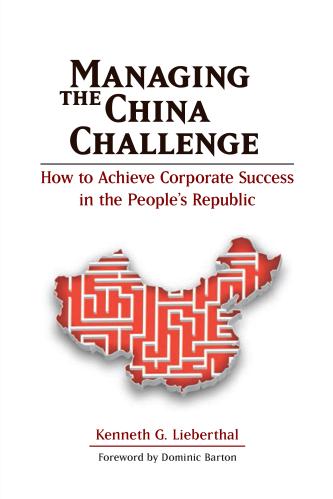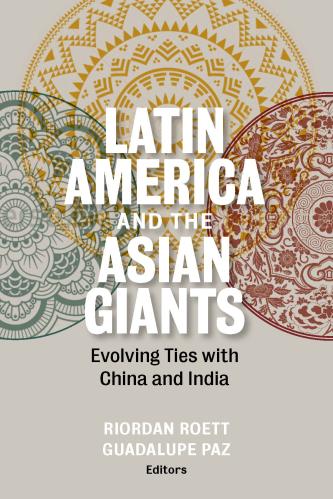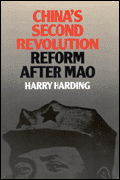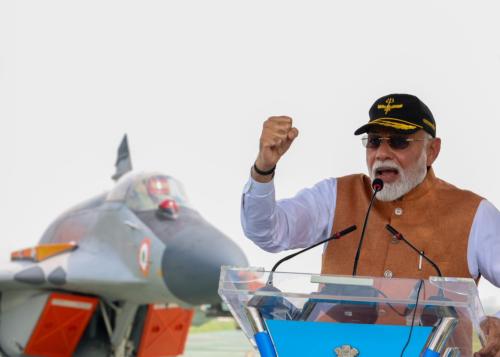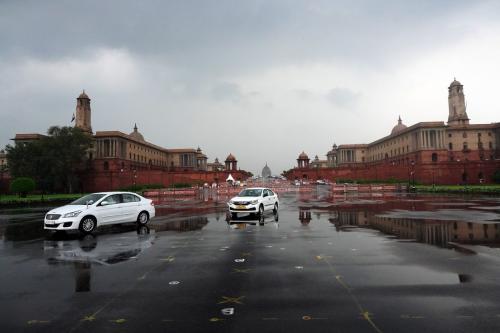Content from the Brookings Institution India Center is now archived. After seven years of an impactful partnership, as of September 11, 2020, Brookings India is now the Centre for Social and Economic Progress, an independent public policy institution based in India.
This policy brief first appeared in RSIS Monograph No. 33 – ASEAN and the Indian Ocean: The Key Maritime Links. The views are of the author(s).
The Indian Ocean Region (IOR) has long been considered a backwater to major power rivalry and global geopolitics. During the Cold War the “action” was in the Atlantic and Pacific Oceans—where submarines, ships, and planes played a game of cat and mouse. Superpower rivalry played out in the Middle East and Afghanistan, but Southeast Asia was considered a distant theatre. With the demise of the Soviet Union and the rise of China, the focus has shifted to the East and South China Seas. These regions are still experiencing considerable geopolitical turbulence—with an unpredictable and aggressive North Korea, Sino-Japanese tensions over the Senkakus, and the territorial disputes in the South China Sea. This switch in focus has placed the Association of Southeast Asian Nations (ASEAN) at the centre of great power rivalry and is weakening notions of ASEAN centrality and unity. In addition, over the past few years, the IOR has been gaining increasing prominence as a potential arena for geopolitical rivalry. This development will affect ASEAN as five of its 10 member countries are considered Indian Ocean littoral countries, namely, Indonesia, Malaysia, Singapore, Myanmar, and Thailand.
Tensions are rising, owing primarily to China’s growing economic, foreign policy, and strategic interests in the IOR. As Chinese interests expand they are increasingly coming into conflict—and inducing anxiety in New Delhi and, to a lesser extent, in Washington, D.C. This chapter analyses contemporary trends in the IOR and their potential implications for the ASEAN countries. Necessarily, it pays more attention to regions closer to Southeast Asia and only briefly covers developments in the Arabian Sea and around the Straits of Hormuz.
For ASEAN countries, the most important players in the IOR will be the United States, China, and India. Other countries do matter, no doubt—Japan has significant economic interests and is keen to expand upon its strategic role, while Australia is a resident power. However, both being treaty allies of the United States, they will most likely coordinate their approach with the latter.
Therefore, this chapter examines the dynamics of India-China relations in the Indian Ocean, and then discusses the role of the United States and concludes with the implications of these developments for the ASEAN countries.
To read more, please click here
The Brookings Institution is committed to quality, independence, and impact.
We are supported by a diverse array of funders. In line with our values and policies, each Brookings publication represents the sole views of its author(s).

